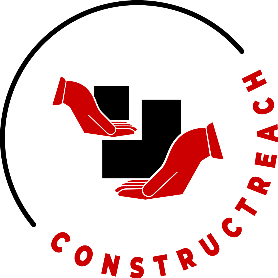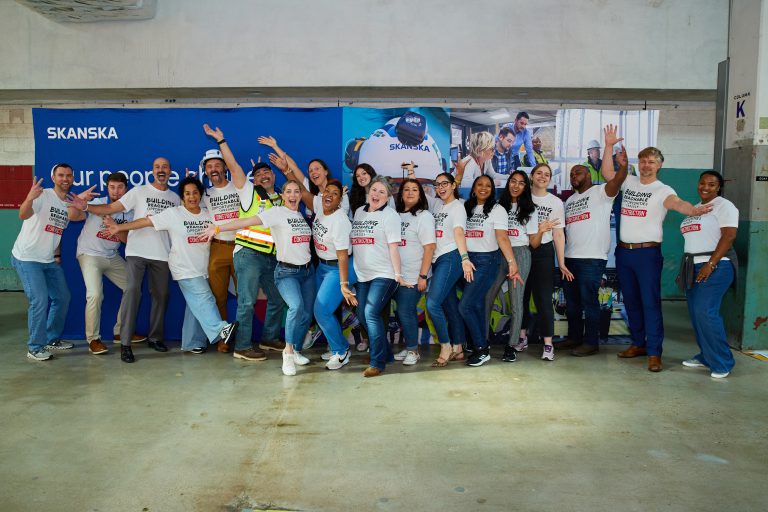Several years ago, the construction sector grappled with a looming challenge: the impending retirement of a significant portion of its workforce. A 2019 study revealed that 41% of the industry’s workforce was projected to retire by 2031. Additionally, the Infrastructure Investment and Jobs Act is expected to generate a plethora of new construction jobs, leaving industry stakeholders to figure out how to meet the burgeoning demand for skilled labor. This once-future concern has now transitioned into today’s reality.
The New Generation: A Complex Recruitment Landscape
Targeting Millennials and Gen Z for recruitment presents a viable solution, yet it’s far from straightforward. These generations are the most ethnically diverse in U.S. history and have been shaped by the digital age. Traditional recruitment methods that resonated with Generation X and Baby Boomers are less effective in engaging these younger demographics. Organizations should be asking themselves how they can adapt to attract a younger, more diverse talent pool.
Key Considerations for Effective Recruitment: A Question-Based Approach
- Does your culture support minorities?
Construction companies must focus on building an environment that supports minorities, who make up the majority of the potential labor pool. Creating this inclusive culture is an ongoing commitment that requires concerted efforts from every level of the organization, which goes beyond simply hiring more diverse candidates. Internal assessments to identify areas for improvement, team training sessions, and ensuring leadership’s role in embodying your company’s core values are pivotal. If the framework of your company is not set up to help minorities thrive, then attracting young candidates to your organization will be challenging.
- Have you built relationships with educational institutions?
Partnerships with educational institutions should be strategic and mutually beneficial. For example, Career and Technical Education (CTE) schools often have construction curricula with students already interested in the trade. Strategizing what your company’s presence looks like at these institutions and forming relationships with educational leaders will not only allow students access to career opportunities and invaluable information, but could also develop a key pipeline for you.
- Are virtual engagements part of your strategy?
Your company’s influence within schools does not need to be limited to in-person engagements. In today’s digital age, virtual engagements like webinars and online workshops can extend your reach beyond geographical limitations. These platforms can be particularly effective in capturing the attention of tech-savvy younger generations. A hybrid approach of in-person and virtual events can prove to be an effective strategy.
- How do you provide value with community involvement?
How you interact with the community is essential in building valuable relationships. Be on the lookout for opportunities to share your expertise with organizations that support young people — can you help a school update their curriculum in construction-related subjects? Can you lead a workshop to get students interested in construction? Ensuring you provide value as a partner will help you build key relationships with institutions that can help fill your pipeline.
- Is your outreach targeted?
Focus your community engagement efforts on organizations that work with diverse youth demographics, such as Hispanic, black, and female populations. Tailoring your programs to address the unique challenges and opportunities these groups face makes your initiatives even more impactful.
- How can you engage the community through construction projects?
Construction sites are potential educational platforms. Hosting site visits, virtual walkthroughs, and work-based learning opportunities can demystify the construction process and spark interest in potential future candidates. Hands-on activities allow students to visualize the possibilities of a construction career. Exposure for your company and educating potential workers should go hand in hand.
- Do you have formal internship, mentorship, and new hire programs?
Whether you have implemented internship, mentorship, or new hire programs (or all of the above), it is essential to have metrics in place to test their effectiveness. These key performance indicators can measure aspects like reach, engagement, and retention. Use this data to continually refine your programs.
- How are you gathering feedback?
If your goal is to attract and retain young candidates, then how you are introducing them to the industry is important. A well-structured feedback mechanism provides invaluable insights into the effectiveness of your methods. It helps align strategies with employee sentiment, sending a strong message to your team that their opinions are valued, thereby fostering a culture of inclusivity and mutual respect.
Final Thoughts
Preparations for mitigating the workforce shortage in the construction industry should already be in effect. An immense opportunity lies in tapping into the younger generations for recruitment, but fine-tuning communication strategies to effectively engage this unique demographic is essential for success. Moreover, implementing these changes to your company’s culture and processes to attract young candidates will require time and effort.
Adopt a forward-thinking approach and demonstrate vulnerability as a leader, recognizing that the actions you take today will serve as the foundation for your company’s future. By welcoming and nurturing these talented individuals within an environment designed to facilitate their professional growth, rather than merely filling open positions, you can position your company for growth not just in 2023 but well beyond.
Ready to see how we can help? Reach out to ConstructReach today!
A version of this original article, “Collision of Crises: Filling the Gaps in a Growing Industry,” was published on ProBuilder, For Construction Pros, Commercial Construction & Renovation, and Retrofit Magazine, as well as other websites. Featured as a discussion topic on The Building Code podcast.





